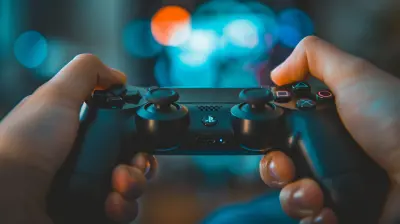The Evolution of Fighting Games: From Arcades to Consoles
18 June 2025
If you've ever button-mashed your way to victory or yelled at your friend over a close match on the couch, you're part of a rich, pixel-packed legacy. Fighting games have carved out a massive place in both gaming history and our living rooms. Their journey from noisy arcades with sticky buttons to sleek, high-def console experiences is nothing short of epic.
So, how did fighting games evolve over the decades? What made us fall in love with them in the first place? And where are they headed next? Let’s grab our virtual joysticks and dive into the crazy ride that is the evolution of fighting games — from arcade classics to console royalty.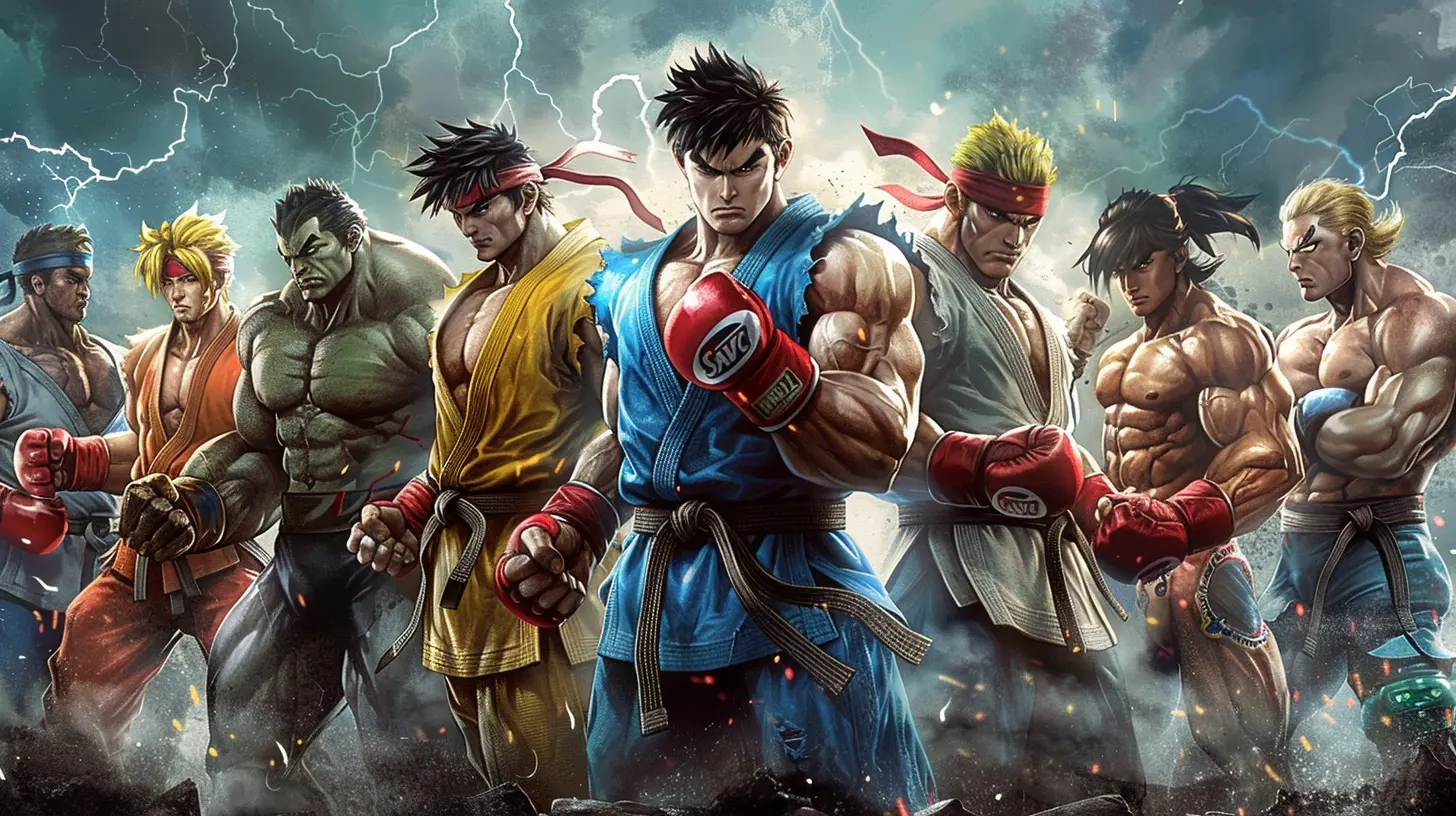
The Birth of the Brawl: Early Arcade Fighting Games
Let’s rewind the clocks to the early '80s. Video game arcades were all the rage — neon-lit, coin-hungry havens where teens gathered after school. In this buzzing atmosphere, the fighting game genre began to throw its first punches.Karate Champ (1984): The Quiet Starter
Before we had fireballs and fatalities, we had a pretty tame brawler called Karate Champ. It might look simple today, but back then, it was revolutionary. Dual-joystick controls offered multiple moves, and it focused on technique rather than wild button mashing. Players didn’t just play — they competed.Yie Ar Kung-Fu (1985): The Spiritual Ancestor
Konami took things a step further with Yie Ar Kung-Fu. It introduced multiple unique opponents, each with distinct fighting styles. Suddenly, it wasn't just about basic punches and kicks — it was about strategy.This early experimentation laid the groundwork for what fighting games could become. But it wasn't until 1991 that the genre exploded into the mainstream.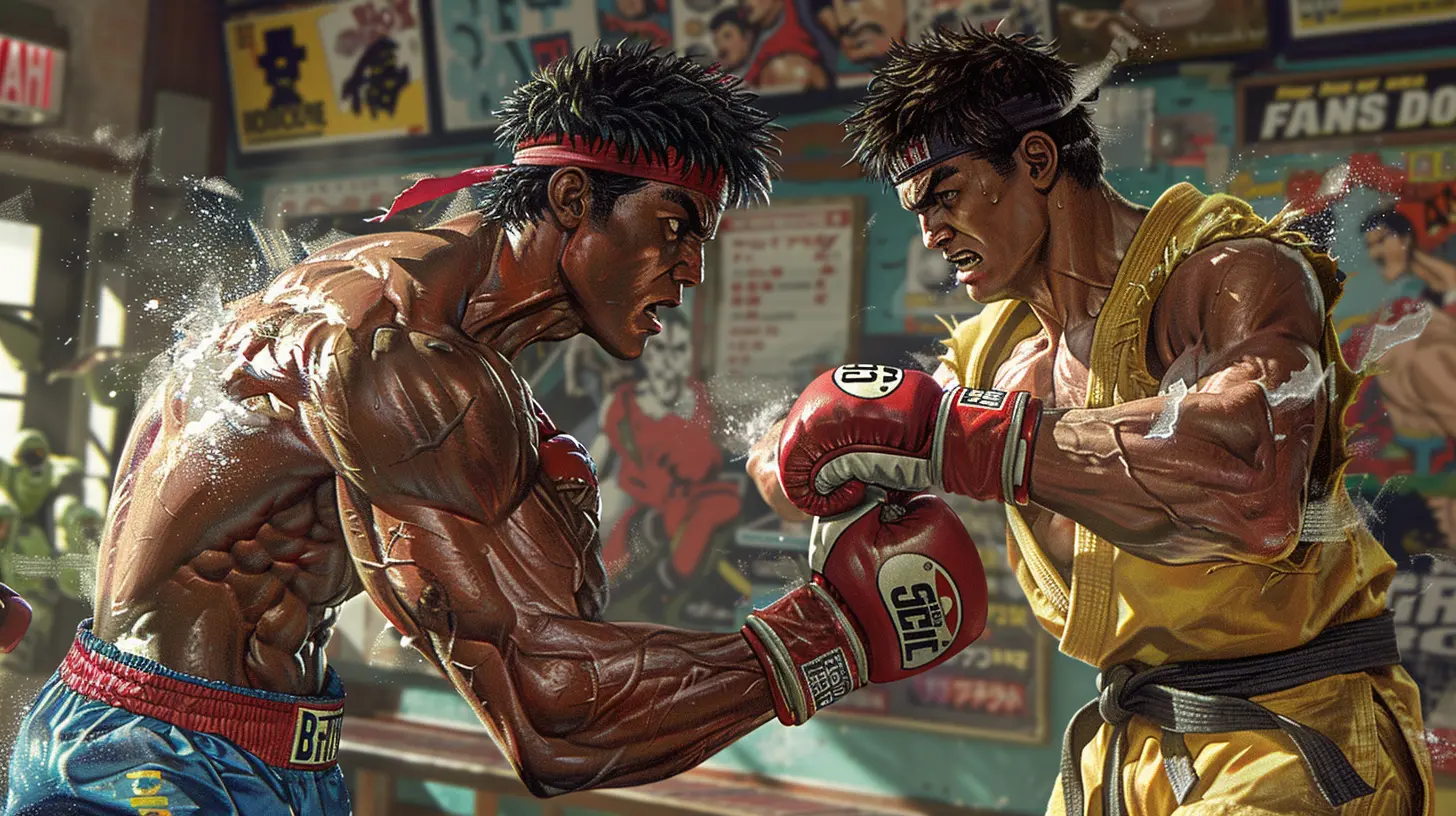
Round One: Street Fighter II Changes Everything
It’s no exaggeration to say Street Fighter II changed gaming forever. Capcom’s iconic 1991 release redefined what fighting games could and should be.Why Street Fighter II Was a Game-Changer
Let’s paint a quick picture. You walk into an arcade, hear the roar of digital punches, the classic “Hadouken!” yell, and see a crowd around one machine. That was the Street Fighter II experience. It introduced:- Selectable characters with unique abilities
- Special moves and combos
- Competitive multiplayer that felt fair and intense
- A global roster with diverse fighting styles
This wasn’t just another game — it was a social event. People practiced for hours, challenged strangers, and learned to master their favorite characters. Ryu, Ken, Chun-Li, Guile — they became legends.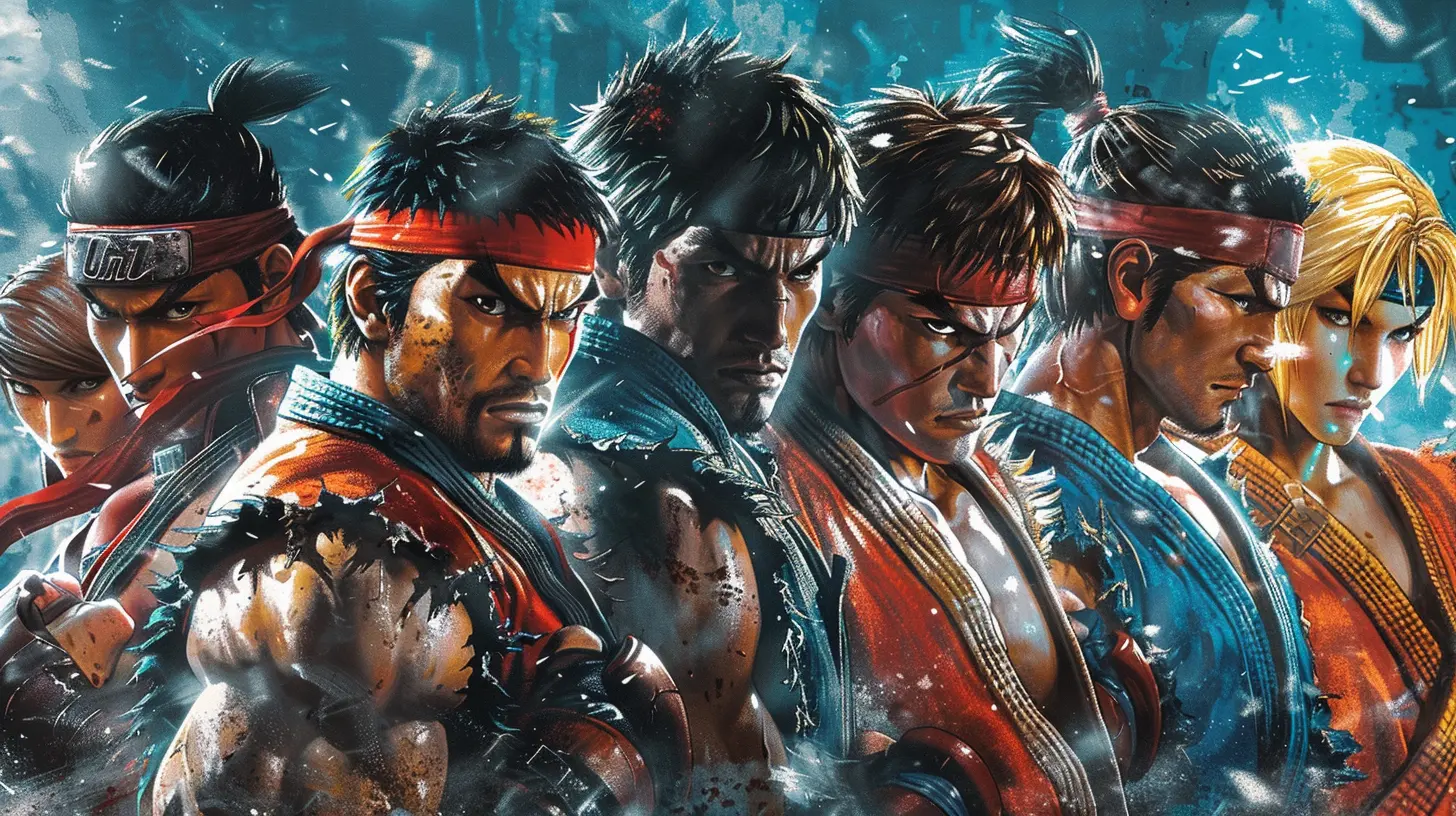
The ‘90s Boom: Mortal Kombat, Tekken, and the Rise of Rivals
The success of Street Fighter II opened the floodgates. Developers saw there was a hunger for competitive, skill-based fighting games — and the '90s delivered in spades.Mortal Kombat (1992): The Bloody Rival
Where Street Fighter II was about precision and style, Mortal Kombat brought shock value. With its realistic digitized actors, brutal finishers, and infamous “Fatalities”, it wasn’t just edgy — it was controversial.But controversy sells. Mortal Kombat pushed the ESRB into existence and cemented its legacy as a gritty alternative for those who liked their games with a side of gore.
Tekken (1994): 3D Enters the Ring
Namco stepped in with Tekken, a fully 3D fighting game that brought a new perspective to battle. It wasn’t just flat sprites anymore — characters had depth, arenas had movement, and fighting felt more dynamic.Tekken also introduced a unique control scheme, where each button corresponded to a limb. Add in a massive roster and a rich backstory, and you had a franchise that would last for decades.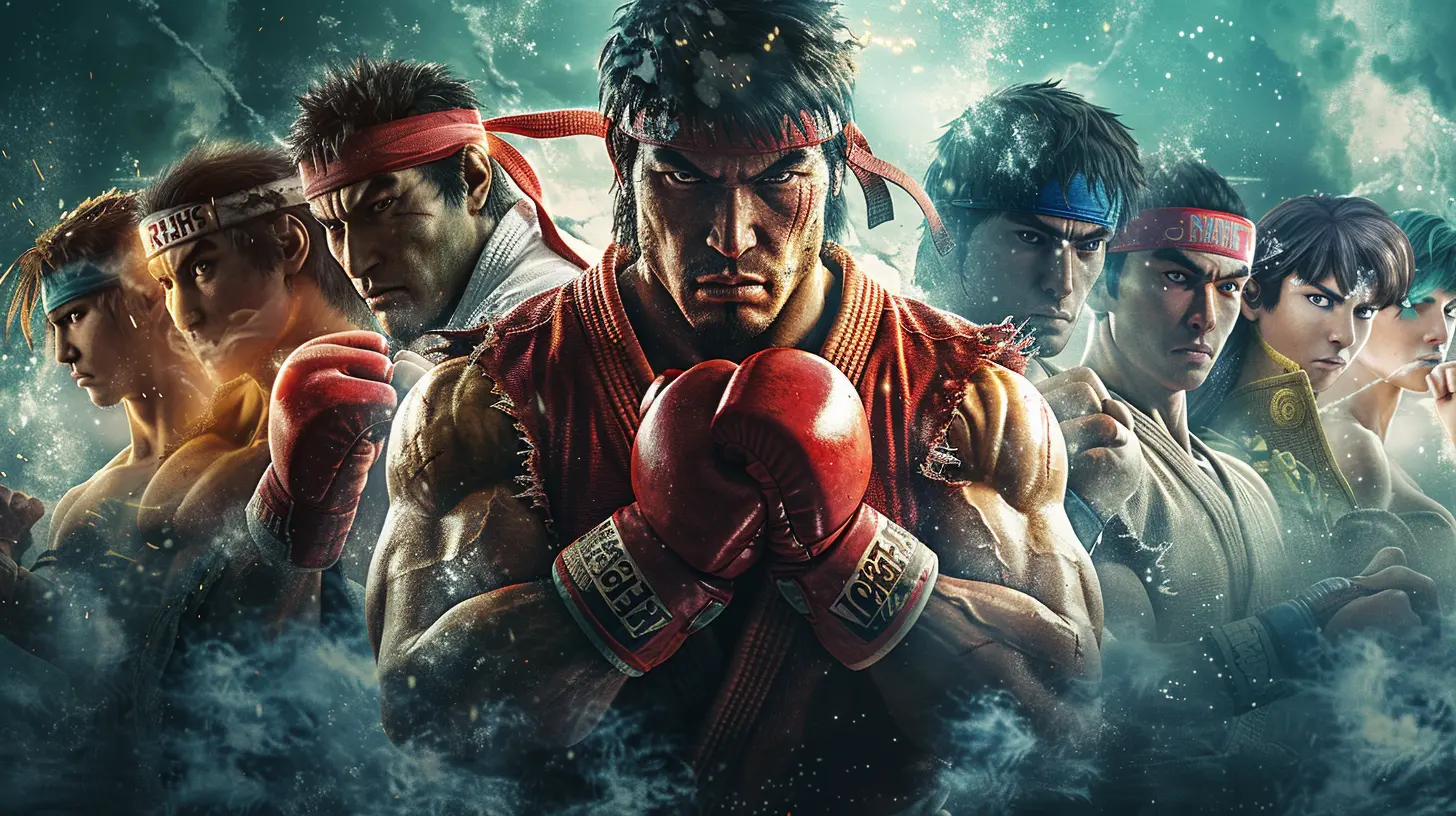
Bringing the Fight Home: Consoles Take Over
By the mid-to-late '90s, arcades were slowly losing steam. Home consoles like the Super Nintendo, Sega Genesis, PlayStation, and N64 were becoming the go-to platforms for gaming.Street Fighter, Mortal Kombat, and Tekken Make the Leap
Developers knew they had to get these titles onto consoles — and they did. We saw near-perfect ports of arcade classics, and some even came with bonus features just for console gamers. No longer did you need a stack of quarters to challenge your friends. You could do it from your living room.This era also saw the rise of new IPs like:
- Soul Edge / Soul Calibur – weapon-based combat in glorious 3D
- Dead or Alive – fluid movement, counters, and character physics (ahem)
- Virtua Fighter – deep mechanics and realistic fighting styles
Each of these brought something fresh to the table. The genre was growing, becoming more technical, more cinematic, and more accessible — all at once.
The 2000s: Growing Pains and Online Evolutions
With great success came new challenges. The early 2000s brought better graphics, deeper mechanics, and bigger rosters, but also a bit of identity crisis.Casual vs Competitive
Some games leaned into casual fun (Super Smash Bros., anyone?), while others doubled down on being hardcore, asking players to memorize long combo strings and frame data.This split led to two types of fighting game fans:
- Hardcore warriors who studied every micro-movement
- Casual players who just wanted to mash buttons with friends
Balancing these two audiences became tricky.
The Rise of Online Play
Then came the internet — and everything changed again.Playing with friends was fun, but playing with strangers from around the world? That was a whole other level. Games like Street Fighter IV brought back the fighting game hype and married it with online matchmaking.
Sure, early netcode was rough (laggy inputs, rubberbanding, rage quits), but the idea had taken root. Competitive online fighting was now a thing.
Modern Day Fighters: The Best of All Worlds
Fast forward to today, and fighting games are more alive than ever. We’ve got classic franchises still kicking and new titles bringing innovation to the genre.Street Fighter V and VI: The Return of the King
Capcom learned from the rocky launch of Street Fighter V and struck back hard with Street Fighter VI, blending accessible mechanics with deep strategy. It’s flashy, modern, and competitive as hell.Mortal Kombat 11 and 1: Evolution Through Gore
NetherRealm Studios has refined the MK formula into a storytelling and gameplay masterpiece. Cinematic campaigns meet bone-crunching combat — a guilty pleasure that keeps evolving.Tekken 8: The Return of 3D Supremacy
With the upcoming Tekken 8, Namco is proving that 3D fighters still have a major role in the genre. Gorgeous visuals, fluid animations, and a legacy of competitive balance keep fans hyped.New Blood: Indie and Niche Fighters
Games like Skullgirls, Them’s Fightin’ Herds, and Guilty Gear Strive bring fresh art styles, mechanics, and communities. The genre is widening its net, and there’s something for everyone now — whether you prefer anime-styled duels or heavy-hitting realism.The Role of Esports and the FGC
Let’s talk about the Fighting Game Community (or FGC). These aren't just fans; they are passionate players who pour their hearts into every match.Events like EVO (Evolution Championship Series) have become the Super Bowl of fighting games. Crowds erupt over clutch moments. Commentators scream with excitement. Underdogs rise. Legends fall. It's pure, unfiltered hype.
And thanks to platforms like Twitch and YouTube, the community has grown globally. Watching a top-tier match is now just a click away, and FGC legends like Daigo, SonicFox, and Go1 are treated like rockstars.
Where Are Fighting Games Heading Next?
It’s a great time to be a fan. We’re seeing smarter AI, better tutorials, rollback netcode (finally!), and stylish graphics that make every punch, kick, and combo feel epic.But most importantly? We're seeing more accessibility. Devs are focusing on lowering the skill curve for newbies while keeping the depth for veterans. It’s about welcoming more players into the fold.
And with crossplay becoming standard and mobile platforms getting stronger, fighting games might be ready for yet another transformation.
Final Thoughts: From Quarters to Crossplay
Fighting games have come a long, long way. What started as a simple duel between two pixelated characters in a smoky arcade has transformed into a global phenomenon — blending art, skill, and pure competition.Today, it doesn’t matter if you’re a seasoned vet or someone just smacking buttons for fun. There’s a place for everyone in the fighting game world. Whether you're pulling off a perfect combo or landing a lucky uppercut, it's all part of the magic.
And let’s be honest — nothing beats the feeling of hearing “KO” just after you clinch that final hit.
So, what’s next? Only time will tell, but one thing’s for sure: fighting games still have a lot of fight left in them.
all images in this post were generated using AI tools
Category:
Fighting GamesAuthor:

Leandro Banks
Discussion
rate this article
2 comments
Russell Rocha
Great insights! Exciting to see how fighting games have transformed!
August 28, 2025 at 3:08 AM

Leandro Banks
Thank you! I'm glad you enjoyed it—it's fascinating to see the journey of fighting games evolve!
Savannah McDonald
It's inspiring to see how fighting games have evolved, bringing us together across generations and platforms.
June 21, 2025 at 3:11 AM

Leandro Banks
Thank you! It's incredible to witness how fighting games bridge communities and keep the spirit of competition alive across generations and platforms.
